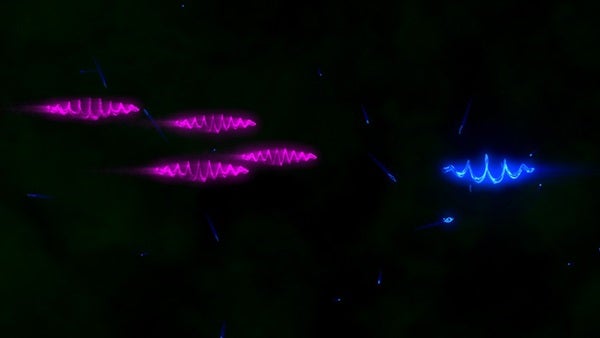Such a black widow binary consists of a puny dwarf star measured in Jupiter, rather than solar, masses, and the massive yet tiny core of a dead sun called a neutron star. When astronomers see these dense former stars spinning on the order of a thousand times per second, they call them pulsars. In the case of one particular system discussed in the video below, the pulsar’s mate circles the more massive star every 93 minutes and is blasted with radiation on its near side.
Astronomers have found only a few dozen examples of these star systems, with larger, more massive versions known as “redbacks,” after the black widow spider’s larger Australian relative. Tracking them down takes multiple observations and careful sleuthing. Watch the video to find out how astronomers tracked down this black widow binary system.










